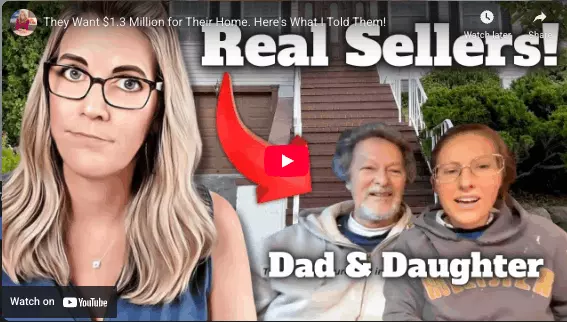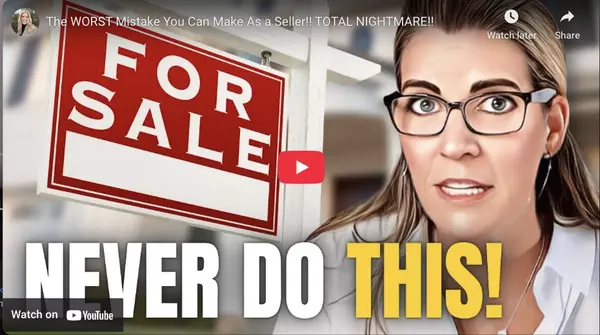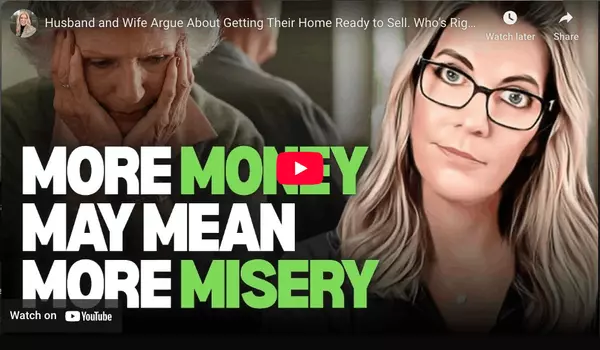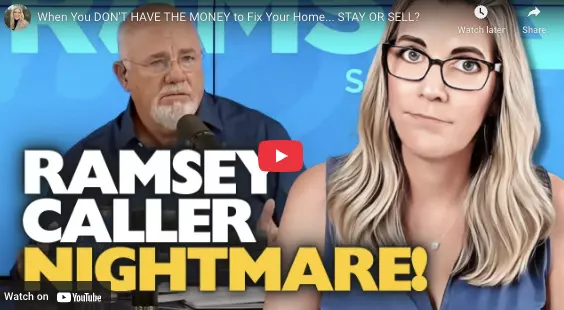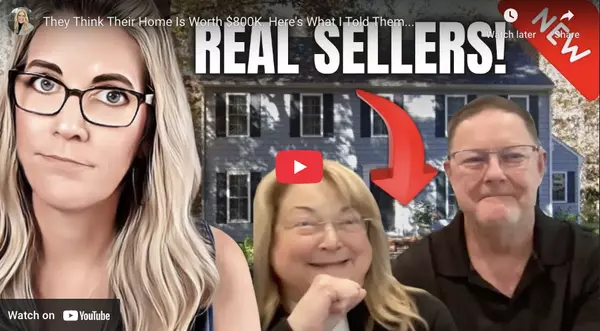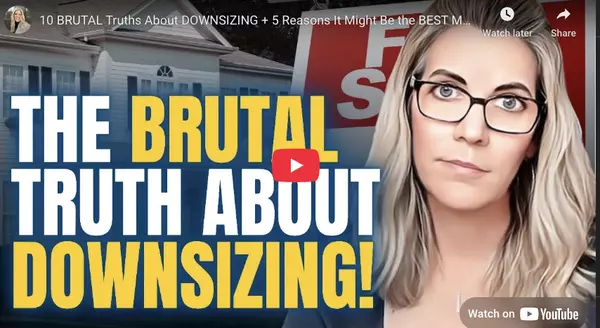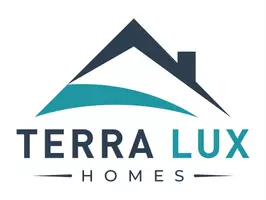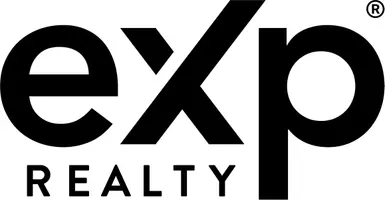STOP Designing Your Home Like HGTV!
STOP Designing Your Home Like HGTV!
If you’ve ever watched HGTV, you know the drill: sleek, modern kitchens, minimalistic living rooms, and a perfectly curated mix of trendy furniture and decor. For many homeowners, this has become the gold standard for how a home should look. But here's the truth: if you're planning to sell your home, stop designing your home like it’s an HGTV show. While these sleek, magazine-worthy spaces may look stunning on TV, they often miss the mark when it comes to selling your home for top dollar.
In this article, I’m going to break down why designing your home the “HGTV way” can hurt you and what you should be focusing on instead to attract buyers and get the best price when you sell.
1. Your First Showing is Online – So Stop Over-Staging
Today’s home buyers are incredibly busy—especially millennials, who often juggle dual incomes, kids, and active lifestyles. Before they step foot in your house, they’ve likely already seen it online. That means your photos are your first showing. If your pictures look good, they’ll want to see more. If they don’t? They’ll swipe right past your listing.
HGTV designs often focus on perfecting the space—clean lines, pristine decor, and sleek furniture. But that can be distracting for potential buyers who are focused on the bones of your house, not the decor. A house full of trendy pieces might look great on camera, but in reality, it can overshadow what the buyers are actually there to see: your home.
For example, if you have beautiful hardwood floors or vintage built-ins, but they’re covered up by heavy rugs or overly ornate furniture, buyers won’t appreciate the potential your home has. Less is more when it comes to staging. Make sure the photos highlight the home’s best features—not just your personal design style.
2. Avoid Overly Personalized, Unique Designs
If you love bold colors, quirky furniture, or one-of-a-kind pieces, I get it. But remember, buyers want to envision themselves in the space—and this becomes hard to do when the home feels too unique to your taste. HGTV-style designs are often sleek and neutral, which appeals to a broader audience. When you get too personalized, it can deter buyers who may not share your love of bold, bright colors or eccentric decor.
Take a look at the furniture in your home. Is it too heavy or too bold? If your space is full of unique pieces that reflect your personal taste, it might be time to dial it down. Try simplifying your rooms by removing oversized or highly personalized furniture. Neutralize the space by using lighter, more modern pieces—especially if your goal is to sell quickly. Buyers should be able to imagine their furniture, their style, and their life in the space, not just admire the aesthetic you’ve created.
3. Stop Over-Spending on Unnecessary Updates
Not every home needs to look like it just stepped out of an HGTV makeover. In fact, many homeowners go overboard, making costly updates to their homes when simple, more affordable changes will do the trick.
Here’s an example: let’s say you have an older kitchen with cabinets that don’t go all the way up to the ceiling. Many people think this is a huge red flag and will invest thousands to update them. But the truth is, buyers don’t always need a fully renovated kitchen to fall in love with your home. Sometimes it’s better to focus on small fixes—like adding a fresh coat of neutral paint, updating hardware, or decluttering—than embarking on a major renovation.
Painting cabinets can work in some cases, but don't overspend unless you know that the rest of the house is up to snuff. Renovating an outdated kitchen or bathroom might seem necessary, but it's often better to invest in things that bring your home up to date without sacrificing its character—like fixing deferred maintenance or giving rooms a light refresh.
4. Don't Let Dated Colors Ruin Your Sale
You might love your mustard-yellow walls or that deep red accent wall, but if you’re thinking about selling, those colors might be holding you back. Bold colors that were once trendy can now feel dated and can turn off potential buyers.
For example, a buyer may walk into your home and immediately think about how much they’ll need to spend to repaint those walls. Neutral, soft tones like grays, beiges, and whites are the safest bet. These colors allow buyers to focus on the room itself rather than the decor or wall color.
While it's fine to live in a space with vibrant colors that make you happy, you may need to make a few adjustments before you put your house on the market. A fresh coat of neutral paint can help buyers see the true potential of your home, without them feeling like they need to completely redo the walls themselves.
5. HGTV Designs Don’t Always Work for Your Home's Market
A common misconception is that homes should all be designed in the same style to appeal to a wide audience. HGTV often features homes with trendy, minimalist designs, but this doesn’t always fit with the character of your home or the tastes of your local buyers.
If you have a vintage home with intricate woodwork, high ceilings, and character, stripping away all that uniqueness to make it look like a modern farmhouse might not be the right choice. Buyers looking for a vintage home will appreciate its historical charm—overly modernizing the space may alienate that buyer pool.
It’s important to know your market. If you live in a neighborhood where historic homes are common, focus on restoring or enhancing the original features rather than chasing the latest design trends. A personalized, authentic design will always resonate more than trying to make your home fit into an HGTV mold.
6. Decluttering is Key – Keep it Simple
One of the most important design tips that can help sell your home is decluttering. We all have items that make a house feel like a home—family photos, souvenirs, personal knick-knacks. But when it comes time to sell, these items can overwhelm buyers.
HGTV is great at showing homes with clean lines and minimal decor—this is something you can apply to your space without sacrificing personality. Edit your space by removing personal items, and keep only the essentials to make the space feel fresh, clean, and welcoming. It doesn’t have to be cold or impersonal—just simplified and streamlined.
7. The Bottom Line: Don’t Try to Outdo HGTV
Ultimately, the goal of staging your home for sale isn’t to impress with your design skills, but to showcase your home in the best possible light. You don’t need to follow HGTV’s exact design principles—in fact, doing so can sometimes make it harder to sell. Instead, focus on showcasing your home’s best features, making it clean, neutral, and inviting.
Remember, your first showing is online, and if you want buyers to see the potential of your home, make sure your photos highlight the best aspects of your property without getting lost in personal design choices. Declutter, keep things neutral, and remember that your home doesn’t need to look like a staged TV set to sell—it just needs to be the best version of itself.
REMEMBER: Less is More When Selling
Designing your home like it’s ready for an HGTV special isn’t always the best strategy when it comes to selling. By focusing on the essentials—neutralizing the space, removing clutter, and letting your home’s inherent charm shine—you’ll appeal to the broadest range of potential buyers and increase your chances of a profitable sale. Stick with simple, clean updates, and make sure your home shows off its best features, not your favorite design trends.
Recent Posts

